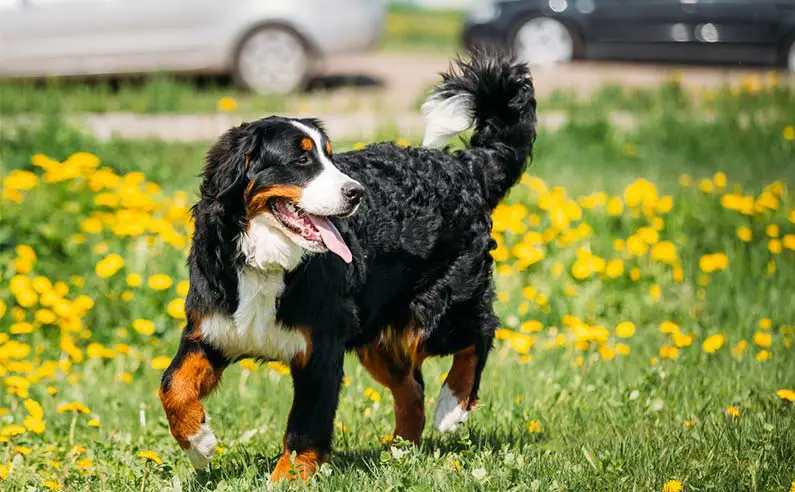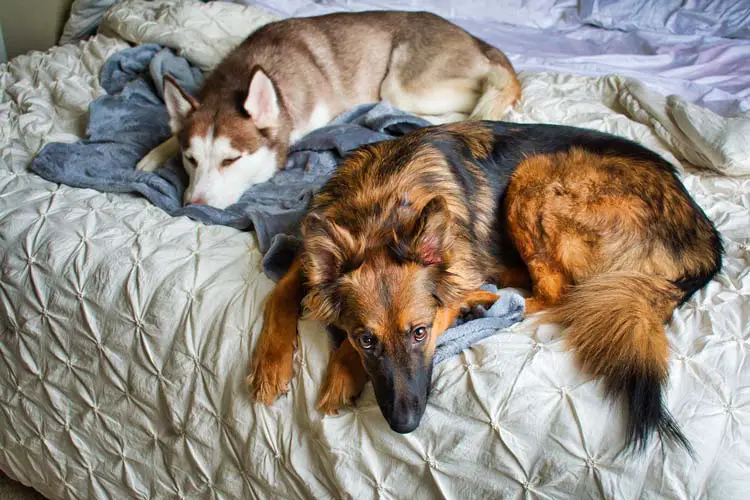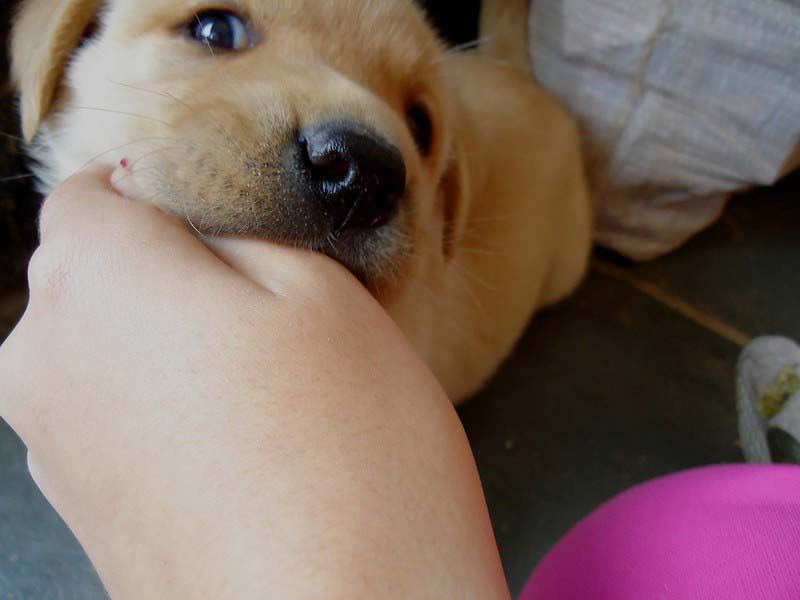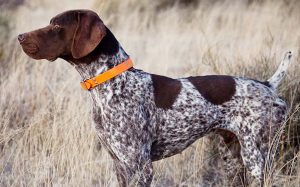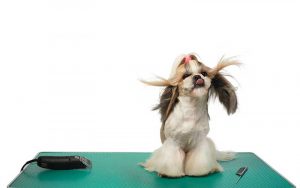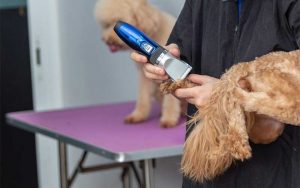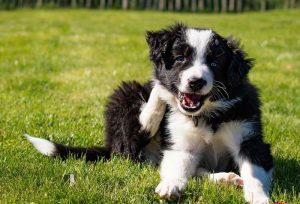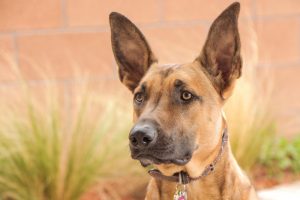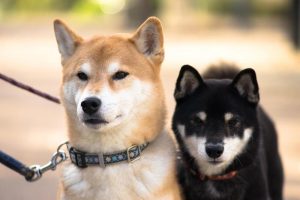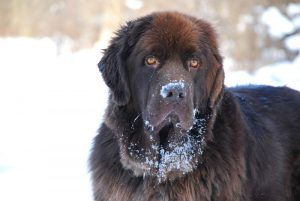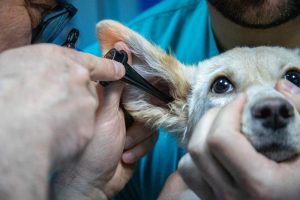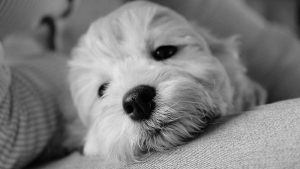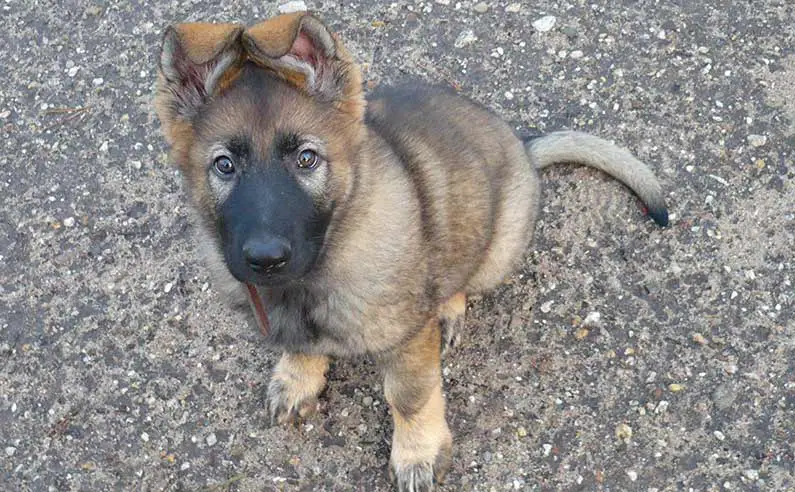 Having a cute and cuddly puppy is one of the best things in life if you are a pet lover. This period is a fun time to bond with the pup and teach him all he needs to grow up healthy and strong. However, this time can be demanding because of how delicate puppies are. They require care and attention as well as vaccinations, special diets, toilet training, health care, sleep, and other things.
Having a cute and cuddly puppy is one of the best things in life if you are a pet lover. This period is a fun time to bond with the pup and teach him all he needs to grow up healthy and strong. However, this time can be demanding because of how delicate puppies are. They require care and attention as well as vaccinations, special diets, toilet training, health care, sleep, and other things.
Puppies are usually ready for adoption when they reach 8 weeks. If you are planning to adopt a puppy, it is necessary to familiarize yourself with the needs of a ten-week-old puppy. Also, take note that caring for a pet at that age is a serious commitment that requires patience. Below is a comprehensive guide to help you take care of a ten-week-old puppy.
Page Contents
What to feed your 10-week-old puppy
When your puppy reaches 10 weeks of age, the best food for him is soft solid food. It could be commercial puppy food or a simple raw diet. Normally, they are weaned when they turn 4 weeks old so whatever diet they are subjected to must be highly nutritious, easily digestible, and of high quality. It is important to read the labels of commercial dog foods to check the ingredients. Avoid food with additives and fillers that are always added to make puppies feel full without adding any nutritional value.
See also:
Before choosing the best food for your puppy, speak to a veterinarian to get first-hand recommendations. If you choose a raw diet, it is also important to get a balanced diet.
Puppies need to eat 3 to 4 times daily. However, the portions should be smaller to aid digestion and this routine continues until they reach 14 to 18 weeks. After this time, they can be fed twice a day until the vet says otherwise. As their bodies grow quickly, the pup’s metabolism works better and requires energy and food.
The first meal of the day for your 10-week-old puppy can be set at 7 am. Lunch can be at noon while the last meal of the day can be at 5 pm. Dinner should be earlier because it gives the dog’s body time to digest the food. They also have time to defecate before going to sleep at night. Ensure that your pup is not overfed because it can cause constipation, diarrhea, stomach upset, or indigestion.
Your puppy needs water to keep them hydrated all the time. It also aids digestion. Avoid cow milk or any other milk since dogs are lactose intolerant. Giving your pup dairy products will cause stomach upset.
Another important point to remember is diet change. It is not advisable to change the pup’s diet suddenly as it can cause stomach upset. If there is a need to switch up the diet, it must be done slowly. Also, if the pup’s diet is changed suddenly, it can make them picky eaters in the future. This also leads to dietary issues later in the dog’s life.
As a puppy owner, you need to be vigilant because they are indiscriminate eaters. They can nibble on anything from harmful indigestible objects to garbage and these can cause gut obstructions. If your pup feels insecure, you can allow them to stay in their crate to eat. This can also help in the training process when it comes to potty training.
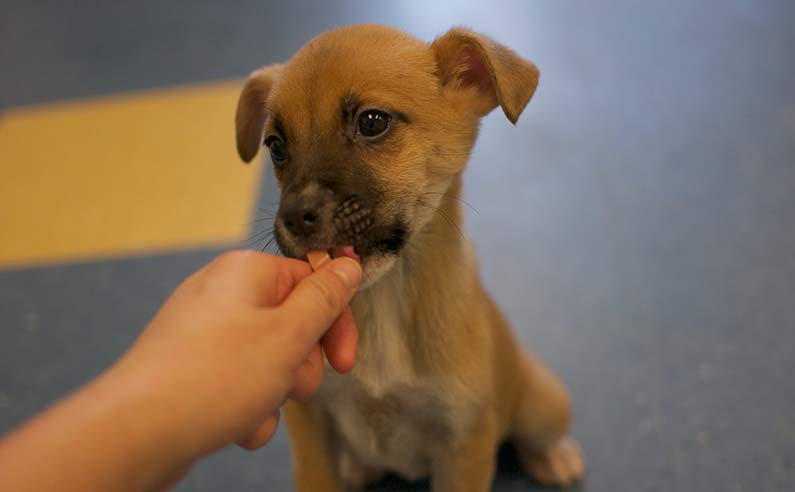
How to groom your 10-week old pup
Grooming is an essential routine because it keeps parasites away from the pup. Parasites can transmit diseases as well as odors and infectious microbes. Puppies must be groomed before they turn 16 weeks. If this process takes a long time to occur, it may be more difficult to train the dog. Some dogs become more aggressive and do not trust easily.
Before scheduling a professional session, groom your puppy at home first. This will allow the pup to get used to being handled differently. The process could include playing with the puppy’s paws or massaging them between their ears, toes, and tush. You can brush the pup’s hair gently as well.
It is safer to keep the grooming sessions short and pleasant because puppies may be afraid of the noisy dryers, hair clippers, and the entire process on the grooming table. They are easily stressed and such a bad first experience can change their attitude towards future grooming sessions.
Start with basic grooming in the first session. It should include a warm and gentle bath, light hair brushing, gentle blow dry, nail trimming, light trim, and ear cleaning. It is important to keep the pup calm. Introduce the scissors slowly as well as other appliances for grooming. This is especially important when they are used near the face.
After two to three simple grooming sessions, the puppy can get used to the entire process. However, the groomer should focus on making the experience pleasant to help the puppy associate grooming with fun.
Sleep training your 10-week-old puppy
A sleeping schedule is essential for your pup’s growth. It makes it easy for occupants of your home as well. The first few days of the arrival of your pup should be dedicated to spending quality time as well as creating a great sleep schedule.
Generally, 10-week-old puppies need to sleep for up to 18 to 20 hours daily. They should sleep in between various play sessions. One hour after eating is also ideal. Try to initiate sleeping time at the same time daily on their beds or crate. For them to sleep comfortably, pups need a crate or bed if they are to stay indoors or a kennel for dogs that will be stationed outside. Before adopting a puppy, it is ideal to provide a warm, safe, and comfortable space where they can rest when they are stressed, tired, anxious, or just need a quick nap.
Your selected dog bed or crate needs to have round edges as this can prevent injuries. The area should also be kept clean as well and disinfected to keep microbes and harmful parasites that can cause infections. Crates can help make toilet training easier after providing a safe space to sleep. They also provide safety from intruders for your dog when you are not around. Crates can also be a great and comfortable spot for recovery if your pup went through surgery and needs rest and little or no movement.
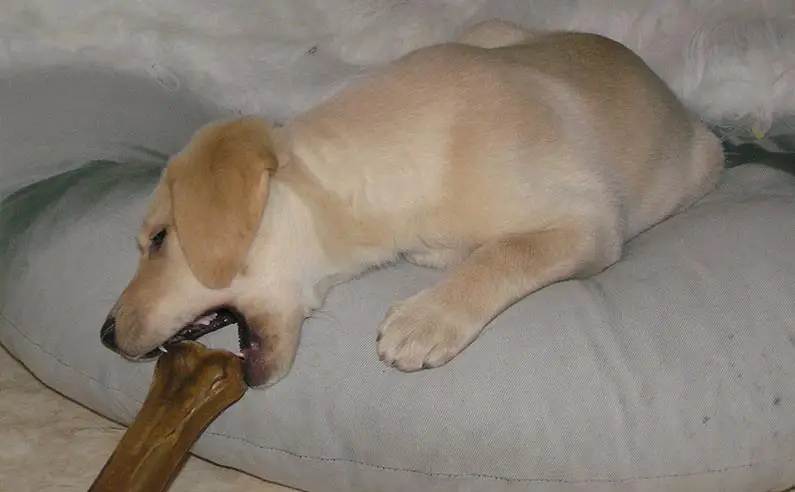
Playtime with your 10-week-old puppy
Playtime is essential because it promotes social development as well as the physical growth of puppies. It is also a good time to bond with your puppy and get to know their likes, temperaments, dislikes. For this to work, you need to choose a period when your pet is energetic.
It is not advisable to initiate play after meals. It can cause gastric torsion, a life-threatening condition where the stomach twists. It can also cause an upset stomach or vomiting. It is better to wait for up to one or two hours to play after meals. If there are kids in the house, the play sessions should also be supervised.
The reason is that kids can be rough with puppies. This in turn can cause aggressive behavior from the puppy and make him avoid playtime. Be observant when playing with your pup to know which he prefers. This may be difficult to find and may require patience and lots of experiments. Find a game that stimulates the pup and is great exercise too.
Playtime is also a good time to teach the puppy simple commands and prepare for obedience training. You can start with simple sitting or staying commands during playtime. Be sure to use a treat to reward the dog after each training. It is an important part of puppy care.
Try not to overtire the pup even though they are energetic. This is because they are still too young and can develop bone injuries or torn ligaments because they aren’t strong enough.
Toilet training your 10-week-old puppy
Toilet training is probably the most difficult part of caring for your puppy. It requires a lot of patience and needs to be done consistently until the puppy is well trained and can go outdoors. Puppies need to use the toilet up to 12 times a day and so they can go every two hours after sleeping, eating, or playing.
If dogs need a toilet break, they may become anxious and start to walk in circles or sniff different corners of the house. An ideal start for toilet training is using a newspaper. This involves using a newspaper as a potty. Praise the puppy and give them attention when they need to use the newspaper. Avoid shouting at your pup during this training even though they make mistakes. With time, the puppy will get used to it and you can slowly move the paper towards the door before taking it outside finally. Placing a soiled newspaper outside may also help. Dogs follow scents and may be led to where the soiled newspaper is.
When the pup has mastered the training, you can remove the newspaper and let them outdoors. It is important to praise them when they make progress and even when they don’t. There is an option to crate train your puppy as well. It trains the pup to wait in the crate before it is opened for them to go outside.
This method requires letting them out of the crate after two hours. If your puppy makes mistakes during toilet training, clean the area thoroughly, and ensure that you remove the scent. Dogs have a strong sense of smell and can always smell the spot and go back to pee there. Cleaning it prevents this from happening.
Reprimanding your pup is not necessary because pups may not understand why and can turn aggressive. This is why patience is important for the toilet training process.
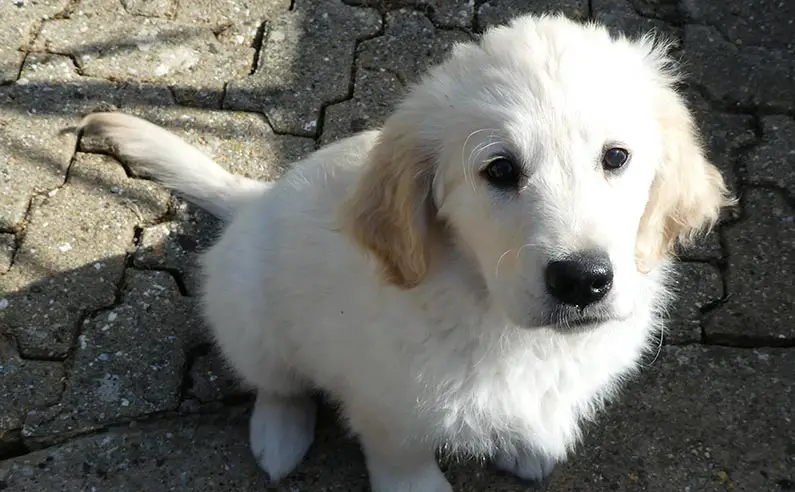
Socializing your 10-week-old puppy
Your ten-week-old pup needs to be socialized because they could become aggressive. Dogs get aggressive towards humans and other dogs if they are not socialized quickly. You can also take the pup to a dog park nearby or invite another dog owner with a pup for the playdate. At ten weeks, you may not need to focus too much on socialization with other older pups.
Socializing your puppy is also important so they get used to different environments. The process starts even before they are adopted. Gently handling the pup in the first weeks of life will allow them to explore the environment and get used to it. Allow the puppy to see different places, people, and smells as well as sights.
As you start the socialization training, ensure that the pup has started receiving vaccinations. If you take the pup to public parks, you may not be able to control everything they encounter.
How to handle separation anxiety
Normally, puppies get anxious when they are left alone for a long time. They obviously appear anxious and this can lead to toilet accidents. Sometimes, pups can be destructive when they fear being left alone. crate training may help relieve separation anxiety. Be sure to buy chew toys to keep your pup distracted when you leave. It would also give them something to destroy other than your couch and shoes. You can also take the pup for a walk before leaving to ease the tension.
Health checks and vaccinations
When a pup is 10 weeks old, he should have received two shots of vaccines. The pup should also be dewormed. Parvovirus vaccines are usually administered at 6 weeks but when they reach 9 weeks, they receive hepatitis, distemper, parvovirus, and leptospirosis vaccines. These core vaccines must be given to the pup at the right time.
Deworming starts from 2 weeks of age and should be continued to 1 month of age. The frequency can be reduced to once every three months.
Conclusion
Puppies need a lot of attention as the first few weeks are crucial. This delicate period will shape the future of your dog. Regular veterinary checks, a good dietary plan, and training ensure that the puppies grow into adorable and lovable dogs.

